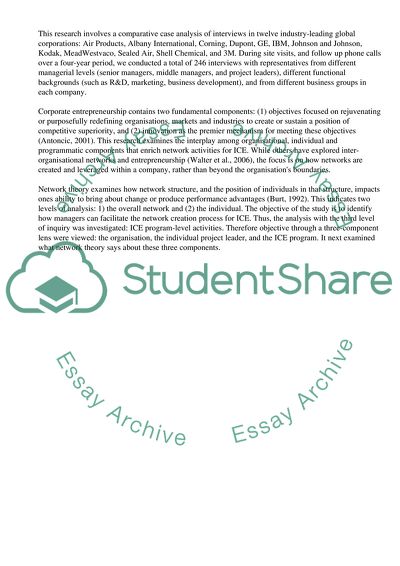Cite this document
(What Are the Different Factors Contributing to Network Activities Acro Research Paper - 9, n.d.)
What Are the Different Factors Contributing to Network Activities Acro Research Paper - 9. https://studentshare.org/business/1723551-innovative-organisations
What Are the Different Factors Contributing to Network Activities Acro Research Paper - 9. https://studentshare.org/business/1723551-innovative-organisations
(What Are the Different Factors Contributing to Network Activities Acro Research Paper - 9)
What Are the Different Factors Contributing to Network Activities Acro Research Paper - 9. https://studentshare.org/business/1723551-innovative-organisations.
What Are the Different Factors Contributing to Network Activities Acro Research Paper - 9. https://studentshare.org/business/1723551-innovative-organisations.
“What Are the Different Factors Contributing to Network Activities Acro Research Paper - 9”. https://studentshare.org/business/1723551-innovative-organisations.


